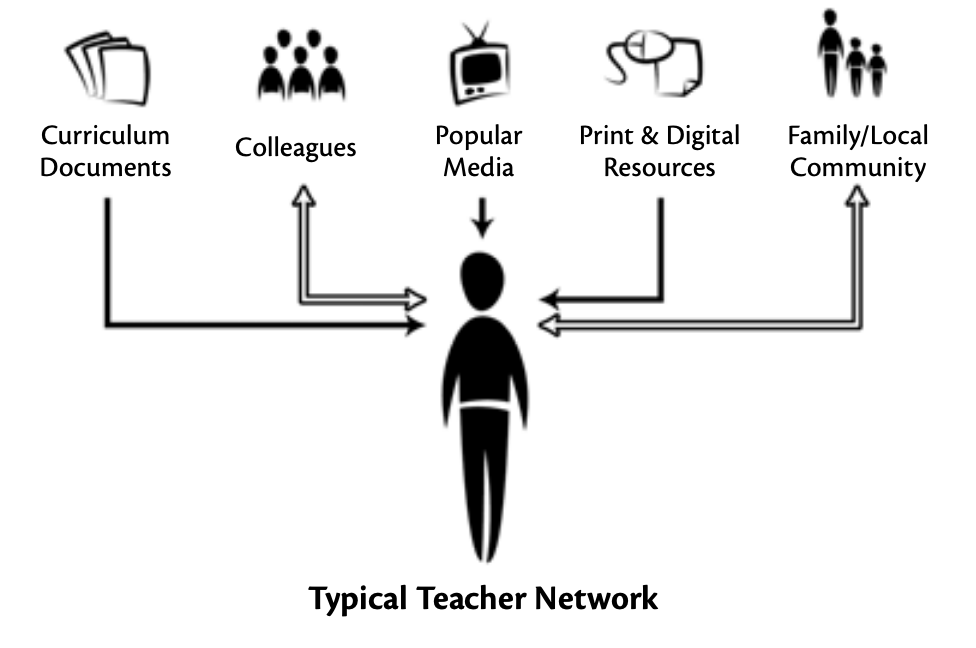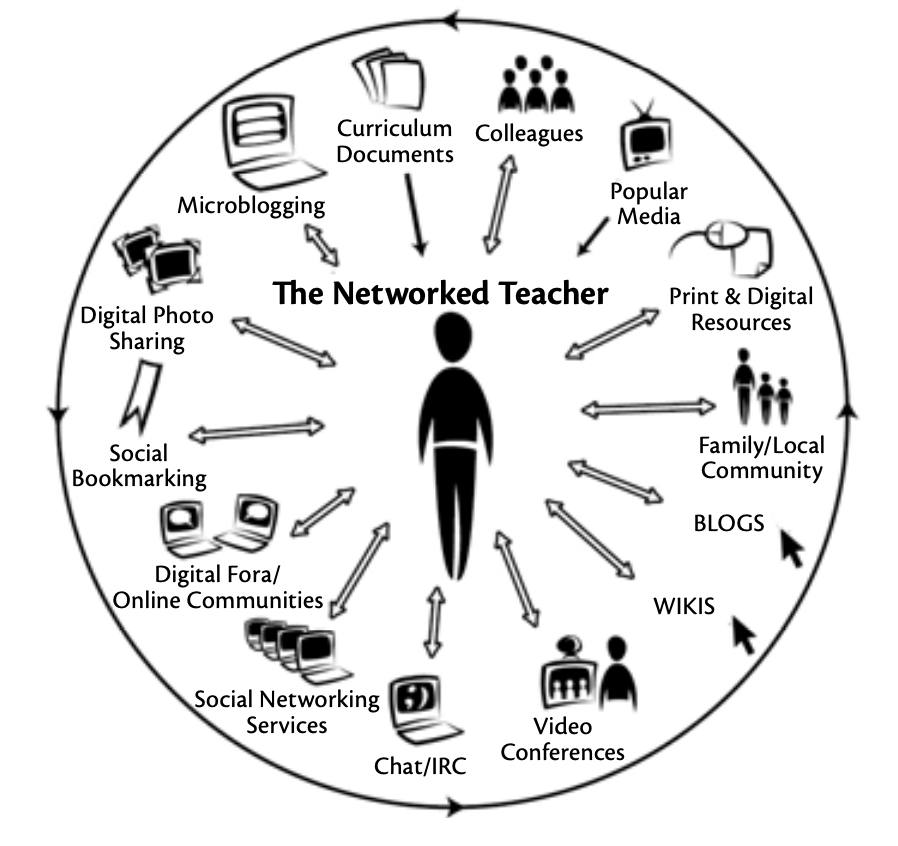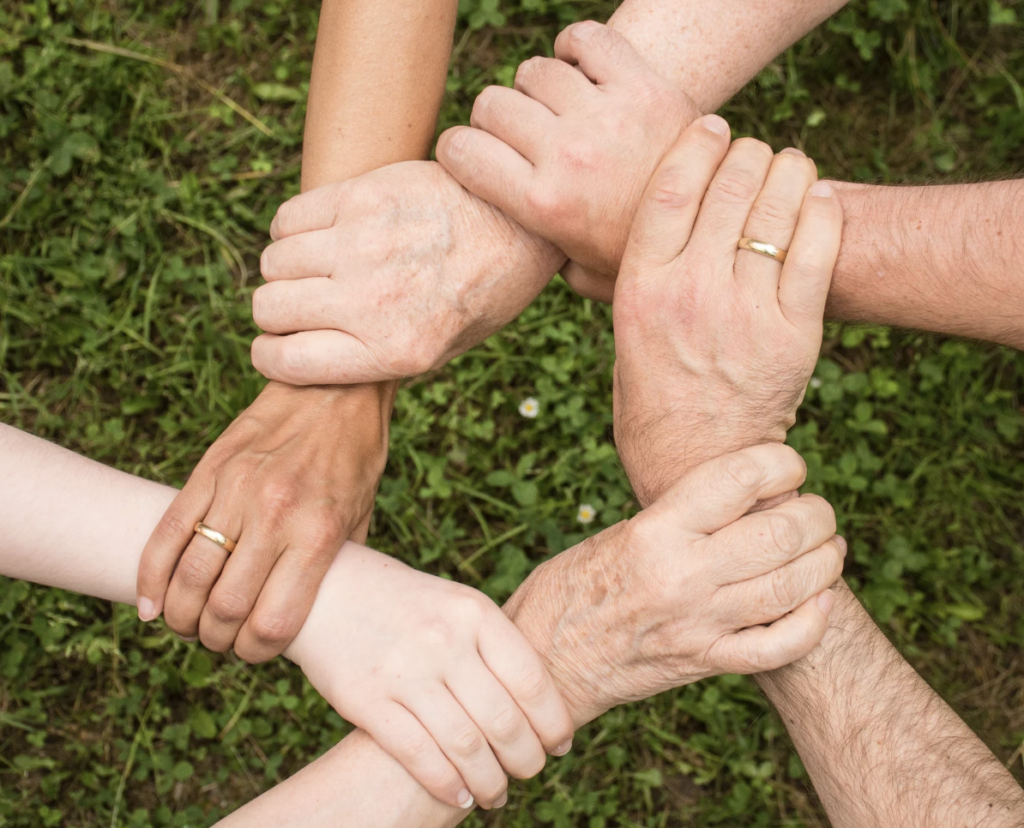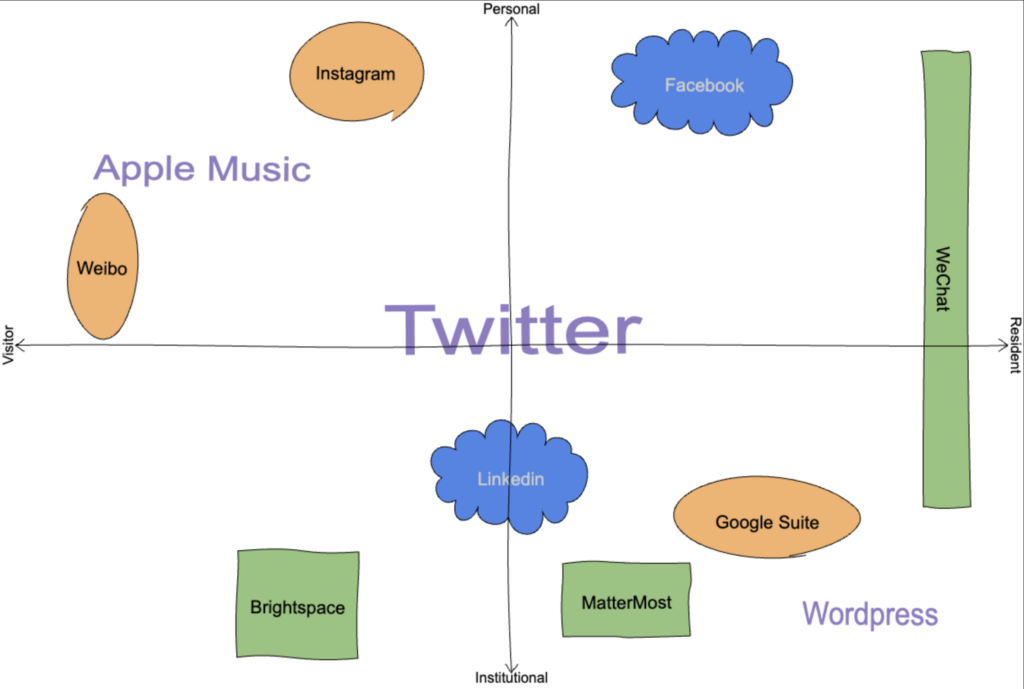How would you create a PLN prior to engaging in a social media campaign on a topic of your choice?
The article Building Your Own PLN (Woods, 2013) presents great ways to build a PLN:
- Know that all PLNs are different
- Ask and Listen
- Leverage Technology
- Try out Twitter
- Look outside of L&D
Since the P in PLN stands for “personal”, it is expected that the PLN should be different and show a personal feature with academic patterns, preferences, diversity and personality. It is similar as “A personal’s success cannot be copied.” that a person’s PLN cannot be copied either. Having this in mind can be helpful when developing a PLN or when stuck in the process.
Reaching out to people is always a good strategy, and use the help of technology is also an option which could save a lot of time and energy. However, either asking people for help or using technology has drawbacks and one should always be cautious.
Twitter is the platform that is brought up in many occasions when it comes to PLN and academical communications. The platform is big and diverse, and has so many functions that supports learning and debating.
Look for people beyond one’s circle is good for inspirations and potential collaborations. Be inclusive and diverse, allow new ideas and different opinions can be good for developing a PLN.
When building my own PLN, I would look into every tip of Woods’ Building Your Own PLN and make use of them. I would look up for people in the field of my interests, check their social media posts or activities, reach out to them and seek for advice. I would certainly use technology to aid my developing the PLN and use Twitter as a tool to engage with people, conversations and make myself heard. Keeping the mind open and being ready for diverse thoughts and opinions are what I would always implement in the process.
My comment to peer post:
I like your concise summary of Woods’ five strategies in building a PLN. I think by asking questions related to the five tips such as what you did in the first one, we could get a clearer image on what kind of PLN we could create of our own. I also really agree your idea of “The best social media campaigns engage users with content that is meaningful to them.” I think that it is the same idea when designing contents for users, which is to have the users as the center when designing. When it comes to building a PLN, having the target audience as the center to design your own PLN could potentially attract more people.
You mentioned authenticity and I think it is great because being authentic is one of the most important factor in building a PLN. It shows that one is worth engaging with and is valuable for the original contents one create. Do you think authenticity could be shown and made obvious in one’s PLN?
Reference
Woods, B. (2013, November). Building Your Own PLN: seeking new insights and ideas? Expand your personal learning network. American Society for Training and Development.






Recent Comments